Wildlife & Nature
A Natural Cuban Treasure: Ciénaga de Zapata
Sunrise at Ciénaga de Zapata National Park
Photo: Alamy
A Cuban Destination for Natural Inspiration!
Share
The Ciénaga de Zapata National Park constitutes one of the most significant attractions in the culture-driven northwestern province of Matanzas. You'll explore the endemic flora and fauna of Cuba through various park activities, including diving, bird watching, and even crossing through the crocodile breeding grounds.
This national treasure, which is an official Unesco biosphere reserve since 2000, is also rich with a history of the Caribbean, housing an exact replica of an aboriginal village before the colonization of the Americas. The ideal place to escape from the stuffy modern world and breathe in the tropic's natural sea breeze.
Explore the island's flora and fauna
If you're planning on experiencing something new and memorable on your next vacation, the Ciénaga de Zapata is naturally designed for you. Located in the southern region of Matanzas, its total area extends approximately 4,520 square kilometers, with expansive acres of land and marine territory. The park can be reached 180 km southeast of Havana and 94 km from the charming Varadero.
As one of the most beloved natural reserves in all of Cuba, the Cienaga is home to over 80 species of endemic plants, with a broader range of species that are also representative of Cuban wildlife. One such species is the famous Manjuarí - considered a living fossil that inhabits these areas. For a more profound encounter at the park, national park specialized guides are available for hire and take you further than you imagined. Reservations can be made at the park's entrance from 8 am to 4 pm.
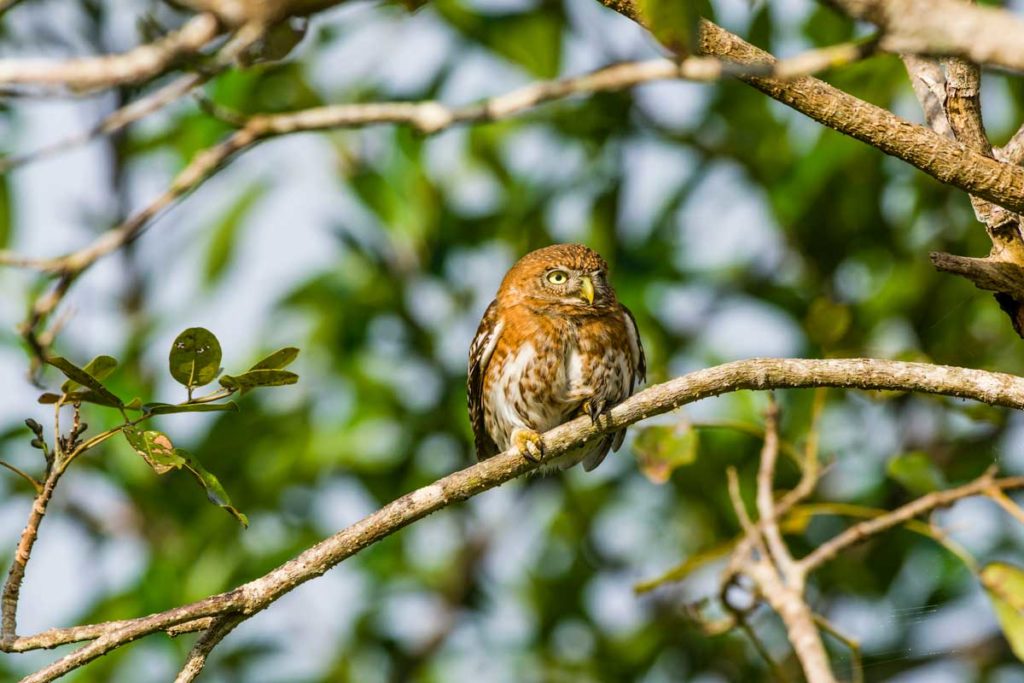
A Cuban Pigmy Owl (Glaucidium siju)
Photo: Alamy
Countryside bird life
More than 250 types of bird fauna inhabit the marshlands of La Cienaga - many common in the region and others migratory from the North. Cuba's national bird, the Tocororo (Cuban Trogon), can be spotted throughout the park's treetops - along with other notable species like the Catey parrot, the Cuban Tody, and the world's smallest bird - El Zunzun (bee hummingbird).
Local expert guides will take you through the many bird-watching trails - showing you how to interpret bird songs, getting you up close and personal with bird's nests and their jealous protectors. You can expect to enjoy about 3 hours on any given tour, with an average price of US $15 per visitor.
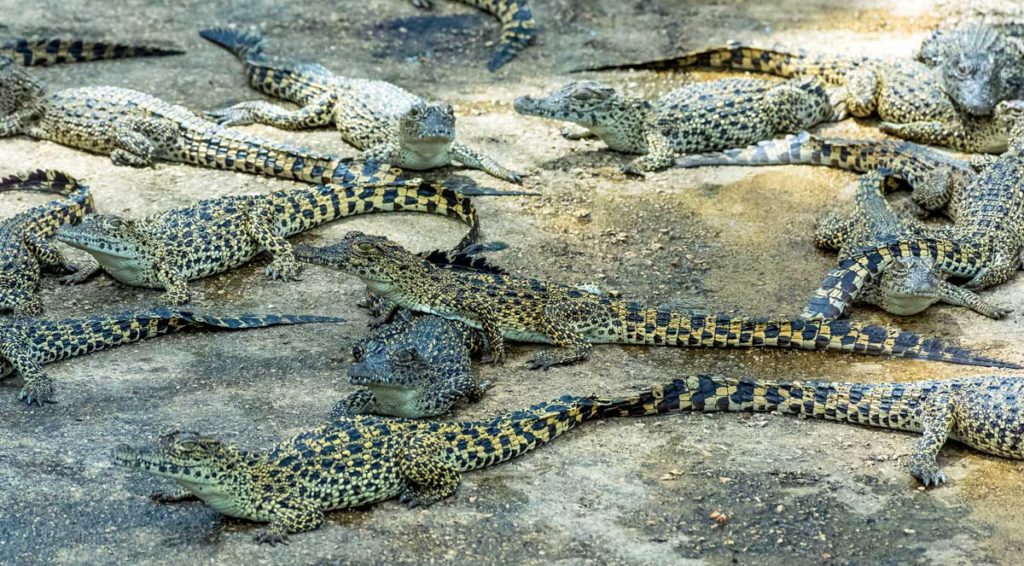
Cuban crocodiles (Crocodylus rhombifer) at Ciénaga de Zapata
Photo: Shutterstock
Crocodile Sanctuary
Without question, one of the park's most sought-after attractions by visitors. Inaugurated in 1960 to slow the indiscriminate poaching of its kind, this crocodile farm is the second largest in the world and the vastest in Cuba, with more than 10,000 specimens to observe. This habitat provides sufficient space for preserving, protecting, and reproducing the Cuban and American crocodile species - both native to Cuba.
Trained hands are on site to show you curious facts, relevant data, and the everyday life of these often intimidating creatures. And if you're feeling adventurous, the guides will instruct you on how to touch and take a picture with one of our coldblooded friends. Visiting hours last from 9 am to 6 pm.
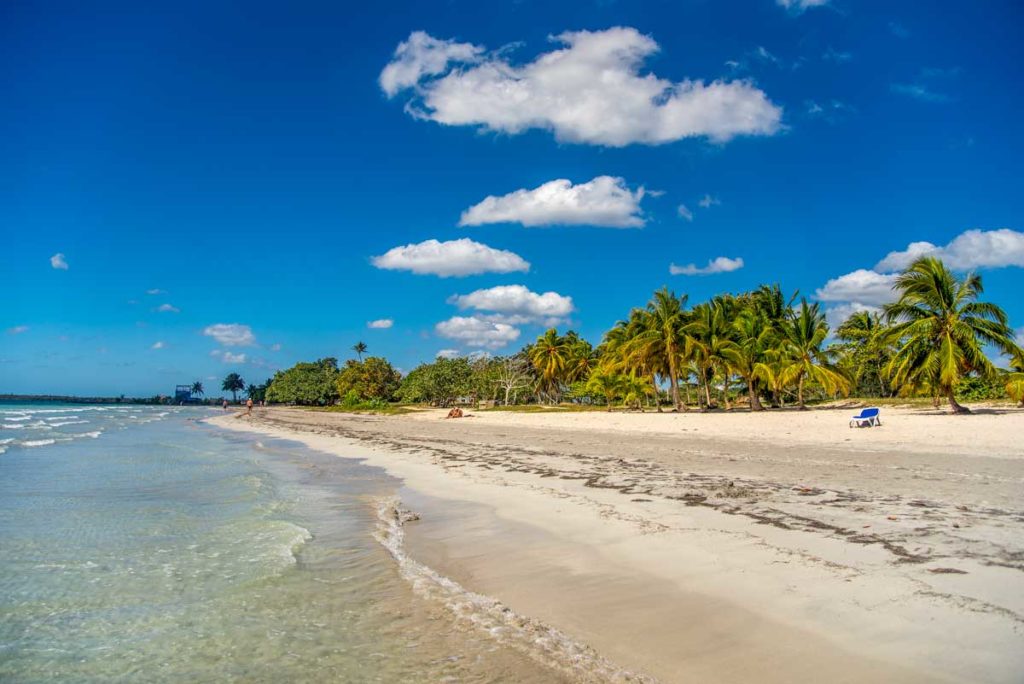
Playa Larga
Photo: Shutterstock
Diving into the crystal clear depths
Playa Girón and Playa Larga are two of the most famous beach destinations for local divers in Cuba. Made up of coral reefs and natural pools, you'll be able to swim up close with the abundant marine fauna in all of its splendor.
Fortunately for the environment, humans have barely impacted the Cienaga's aquatic ecosystem, allowing the permanence of diverse fish life and other species that call the sea bottom home. Additionally, this area offers professional diving excursions for US $30 and up - depending on the time and number of dives you'd wish to take.
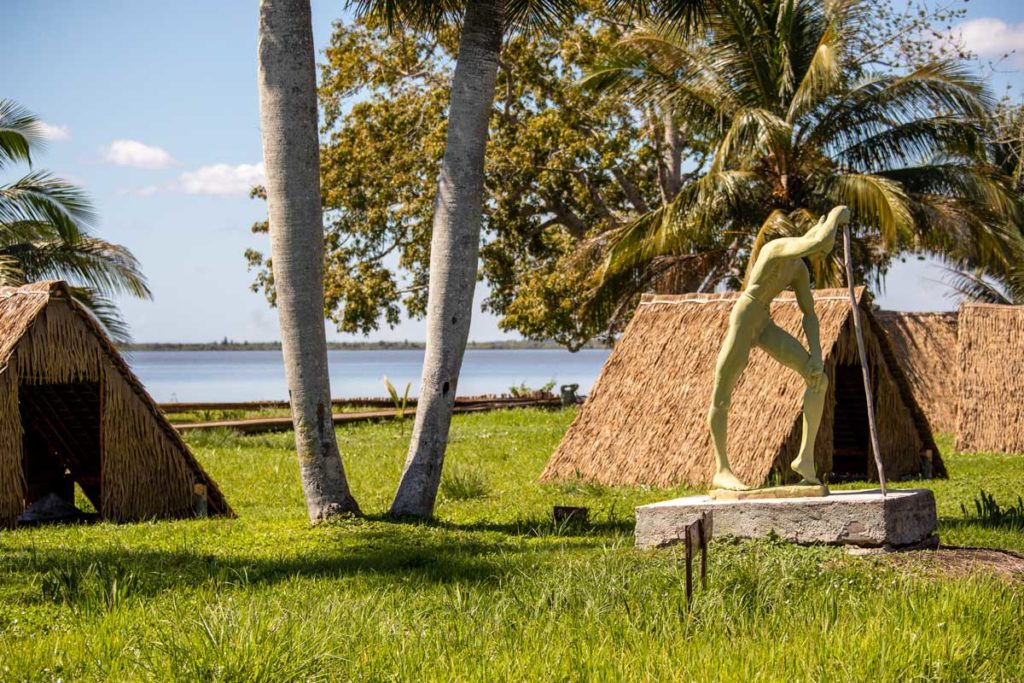
Taíno village at Zapata National Park
Photo: Shutterstock
Native Taíno Village
For the avid historian in you, the Taíno Village is the perfect addition to learning about Cuba's advanced indigenous communities. Your tour begins with an encounter with the life-size replica of a natural Taíno village - with sculptures of the indigenous people carrying out their daily activities, like hunting, fishing, and housekeeping. Next, over 40 'Bohios' (typical Taíno huts) with guano roofing are scattered around the village area - giving you first-hand insight into a day in the life of this community.
Welcoming Cuban artistic groups, reenact the songs and ritual dances performed by the indigenous for centuries. Including the customs that were practiced. The Village is located 8km from the seaport of Villa Guamá, just above the interior islet, making it only accessible by motorboats available in the area. Although the boat ride lasts only a few minutes, the chance to gaze at the open, natural panorama will solidify your outdoor experience.
Written by Teresita Padrón.
Published October 2022.
External Links
Categories
Tags
Share
Find Ciénaga de Zapata National Park
External Links
Categories
Tags
Share
Greatest Waterfalls in Cuba
Imagine finding yourself in Cuba, surrounded by an exuberant natural environment - where the vivacious green mountains stretch out into a splendid blue sky - while the fresh Caribbean seabreeze brightens your face. And on this tropical voyage, you discover a land of waterfalls on every corner of the island.
El Nicho waterfall, Sierra de Escambray
Photo: Shutterstock
Explore more of Cuba's Wildlife & Nature
See Cuban Nature Up-close at Sierra Del Rosario
Reconnect with nature at Cuba's Sierra del Rosario nature reserve.
Best Spots for Fishing Around Cuba
Largely untouched and diverse, Cuba is one of the most
Greatest Waterfalls in Cuba
Let the crystalline waters of the greatest waterfalls in Cuba
Explore Varahicacos Reserve in Varadero
Indulge in the landscape of Cuba at Varahicacos Ecological Reserve,
Explore the Glittering Caves of Bellamar
Dive into one of Cuba's most dazzling adventures in the
The Landscape of Cuba: Topes de Collantes
Enter and Explore Topes de Collantes. Home to amazing waterfalls
Find Hidden Oases in Havana’s Parks & Gardens We Love
Explore the lesser-known parks and gardens of Havana and dive
Cayo Coco: The Ideal Cuban Paradise
Of all the Cuban islands, Cayo Coco has some of
Subscribe to our newsletter
Get more travel inspiration, tips and exclusive offers sent straight to your inbox
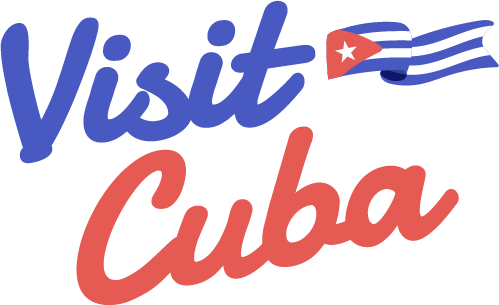
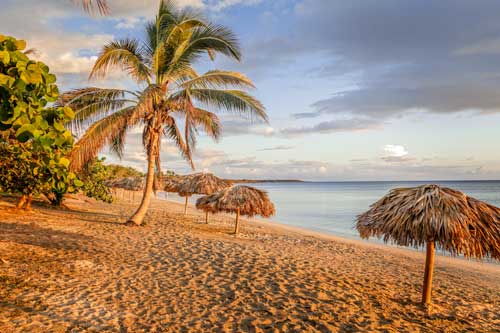 Subscribe to our newsletter for the best monthly stories and insider guides about Cuba!
Subscribe to our newsletter for the best monthly stories and insider guides about Cuba!